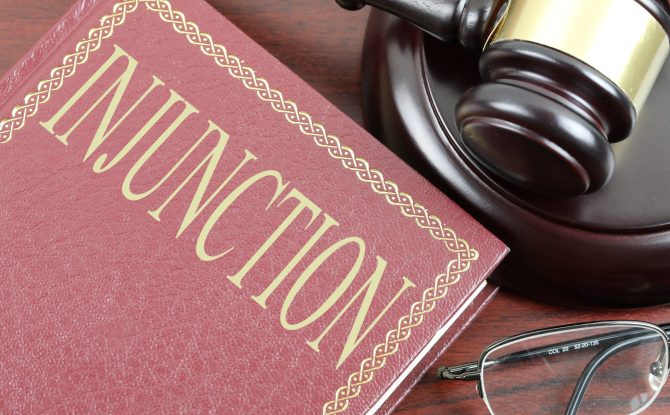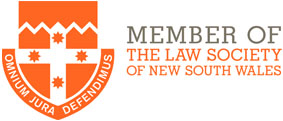eBikes are in the news a lot of late, usually because of near misses and claims that riders are not wearing helmets or driving dangerously. Electric bicycles have risen in popularity because they offer the ability for many, particularly children, to drive themselves around over longer distances than if they had to pedal.
They also save parents time in ferrying their kids around, and money otherwise spent on taxis and Ubers and the like, but without the financial costs associated with cars and motorbikes, each of which require:
- licensing; and
- insurance.
Whatever your view is on whether eBike riders should pay for a license to use the roads like other road users, some of the cost of which goes towards the costs of maintaining road infrastructure and the like, one things that is often forgotten is the risk of damage to property, injury or death.
Unlike with a car or motorcycle, that must at least have compulsory third party insurance coverage and regular inspections to maintain registration for use on the roads, there is no requirement for eBikes to be registered, have inspections for roadworthiness… or to have any insurance at all.
As children are the main users of bikes and eBikes, they don’t think about things like insurance, but what would happen for example if your son or daughter drove into the side of a prestige car, hit and seriously injured a person or worse… killed them? Are you covered for claims?
Given the significant risks of injury to persons and damage to property, it can be a good idea to consider whether you can get insurance cover in place. This can be standalone specific cover or perhaps an add on to an existing policy such as home and contents insurance.
FURTHER INFORMATION
For further information, please contact McKillop Legal on (02) 9521 2455 or email help@mckilloplegal.com.au
This information is general only and is not a substitute for proper legal advice. Please contact McKillop Legal to discuss your needs.












